Can you imagine life without computers? I sure can’t! Computers have made our life much easier – we can send emails to people in distant places, shop online, and even find answers to questions in a matter of seconds.
Today, computers have taken the form of desktops, laptops, tablets, and much smaller smartphones. They have become an integral part of our lives, and we cannot imagine our lives without these electronic brains.
We play games, surf the internet, stream movies, and much more. We have come a long way from the very first computer! Today we go back in time and learn the history and evolution of computers and how they have advanced throughout the years.
- First Generation – 1940 to 1956
- Second Generation – 1956 to 1963
- Third Generation – 1963 to 1971
- Fourth Generation – 1971 to 1982
- Fifth Generation – 1982 to Present
- Sixth Generation – The Future
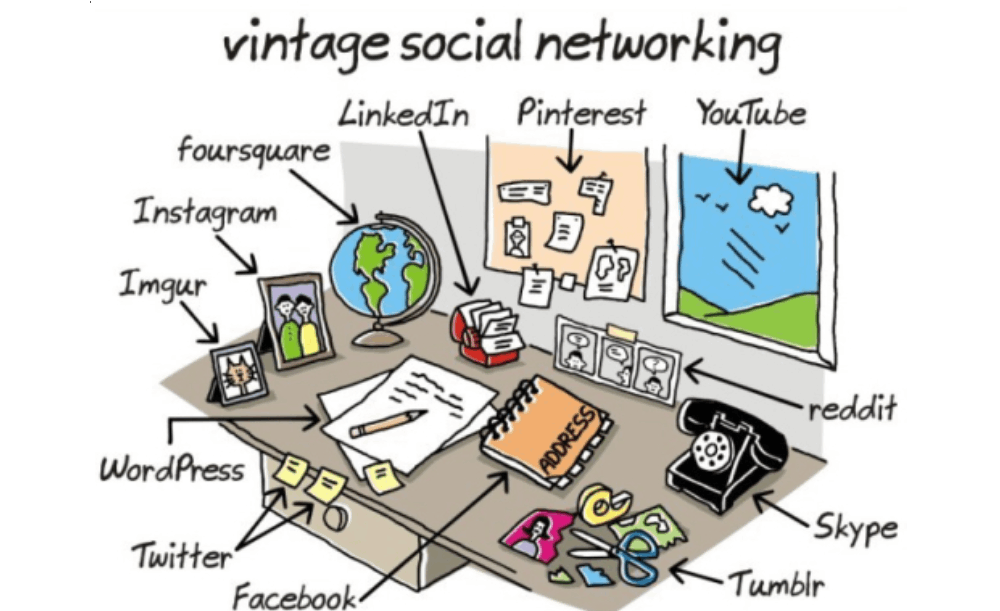
First Generation Computers (1940 to 1956)
The first generation computers resemble very few computers that we use today, either in appearance or in performance. Electronic Numeric Integrated And Calculator, or simply ENIAC, is a great example of first-generation computers.
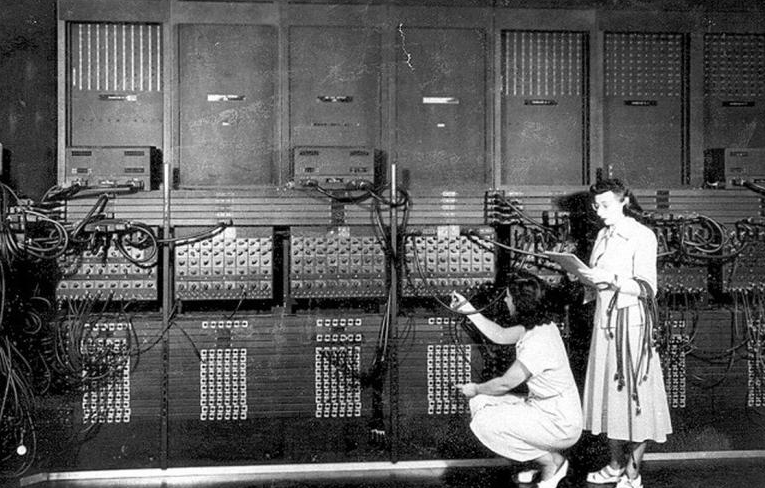
These were the first-ever computers invented by J.P. Eckert and J.W. Mauchy, which was also the first-ever successful electronic computer. The first generation computers used vacuum tubes, which were the only electronic component available during those days, as the major component of technology.
These were larger components which made the size of first-generation computers pretty huge, taking up a lot of space in a room. As for the input and output devices, punch cards, magnetic tapes, and paper tapes to give commands.
They were very expensive and only large organizations could afford them. These computers could perform complicated and large calculations in a few seconds.
The ENIAC Computer
Particularly talking about the ENIAC, it contained almost 20,000 vacuum tubes, 10,000 capacitors, and over 70,000 resistors. The whole computer weighed roughly 30 tons and released a massive amount of heat while working.
And despite having large cooling units, they regularly overheated and halted work. Additionally, the first generation computer used a very basic computing language known as machine language.
Other examples of first-generation computers are EDVAC, UNIVAC, IBM–701, and IBM-650.
Second Generation Computers (1956 to 1963)
The successor of first-generation computers were the second generation computers, often called “the transistor computer”, that came into existence between 1956 and 1963.
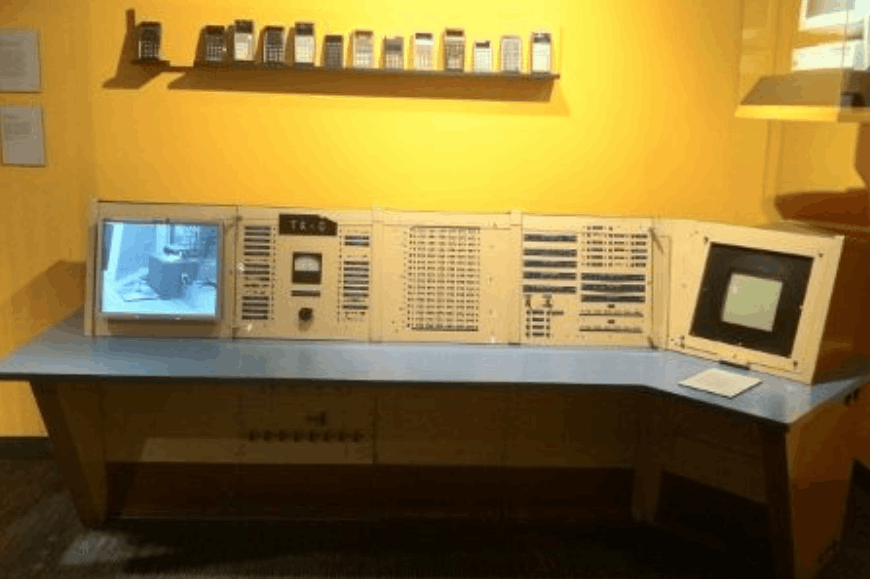
This generation of computers made the use of transistors instead of the vacuum tubes that were used in earlier computers. Transistors were much smaller in size and efficiency, allowing the computers to be comparably smaller, faster, and cheaper as well.
The first computer to use the transistors as their key components was the TX-0, which was introduced in 1956. The second-generation computers used less energy thus producing less heat as compared to their predecessor.
And, since the size was also smaller, they were better in portability as well. Inputs were made through the use of punch cards and assembly language. However, they were not free from disadvantages which included requiring cooling systems, and constant, expensive maintenance.
Improved Speed and Processing
Other significant changes included in the second generation computers were the incorporation of assembly language and high-level programming languages like FORTRAN, and COBOL.
Since they were better in speed as well, the time to perform calculations was reduced from milliseconds to microseconds. Additionally, the computer used a batch processing and multiprogramming operating system.
UNIVAC 1108, Honeywell 400, IBM 650, and 700 series were some second-generation computers that made their mark in the computer world.
Third Generation Computers (1963 to 1971)
The third generation of computers introduced a new class of technology with them – the Integrated Circuits (ICs). A single IC was made up of many transistors, resistors, and capacitors, along with the associated circuitry. Integrated Circuits were invented by Robert Noyce and Jack Kilby in the years 1958/1959.
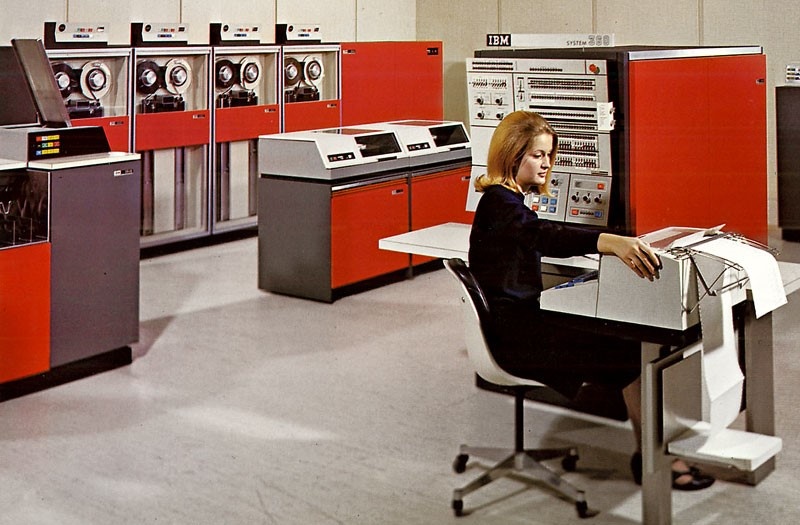
With this amazing and innovative invention, the third generation computers were smaller, more powerful, and at the same time more reliable.
ICs not only reduced the size of the computer to almost zero in comparison to the first and second-generation computers, but it also improved its performance by every bit.
These computers had bigger storage capacity and used mouses and keyboards, instead of punch cards for input purposes. And, the monitors were allowing the users to interact with the computers effectively.
The Beginnings of Power and Complexity
With the help of its ICs, the third generation computers became more powerful allowing them to make complex calculations in just nanoseconds.
Additionally, third-generation computers used an operating system for better resource management and used the concept of time-sharing and multiple programming.
A prime disadvantage of the third-generation computers was that the manufacturing of the IC chips required a sophisticated technology that many could not afford. Few other examples of third-generation computers include the IBM-360 series, Honeywell-6000, and IBM-370/168.
Fourth Generation Computers (1971 to 1982)
The period of 1971 to 1980 was known as the fourth generation of computers, and some of the greatest changes occurred during this period. The computers in the fourth generation were powered by a technology based on Microprocessor, which is commonly known as the CPU.
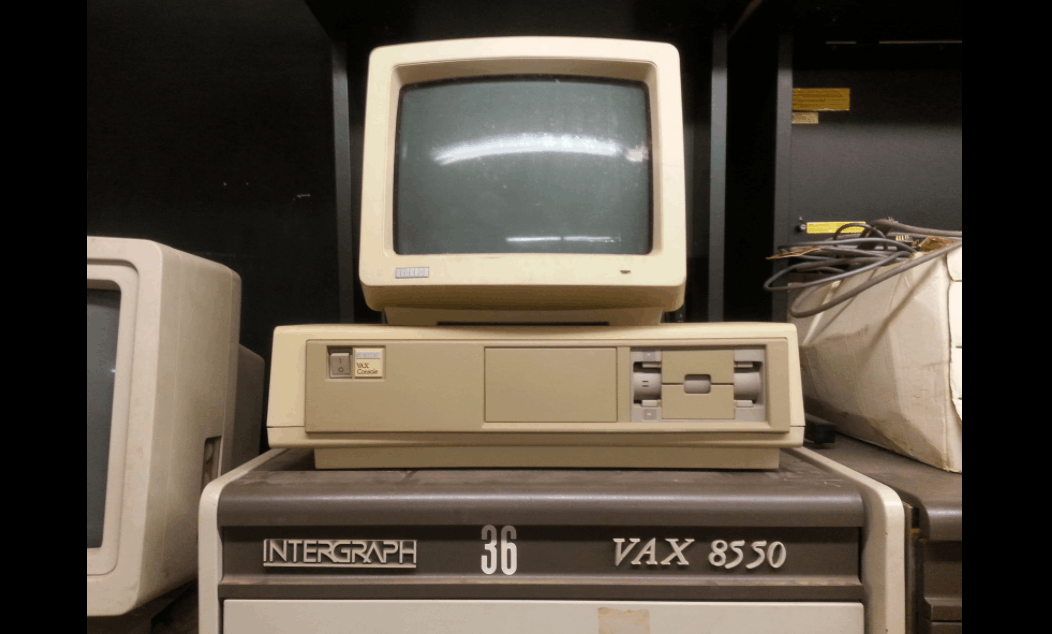
The first set of the processor was Intel 4004, which was built on one single silicon chip, VLSI (Very Large Scale Integration) circuits, and included 2,300 transistors in it.
Intel 4404 developed in 1971 by Intel was the first computer to have a microprocessor in it, which was also the beginning of modern computers. With the power of microprocessors, fourth-generation computers became more powerful, reliable, compact, better at performance, and at the same time much more affordable.
The microprocessor in the computer was used for logical and arithmetic functions to be performed in any program. With the increment in the capacity of storage systems, larger programs were started to be in use, which meant they were way more productive.
The Early Years of the Modern Tech Giants
The fourth-generation computers also saw the creation of a Graphic User Interface that allowed users to interact with computer devices using graphical icons and audio indicators.
Moreover, with the rise of companies like Apple and Microsoft, soon the computers began to go to people’s homes for personal use.
It was this period during which Microsoft developed operating systems like Windows 1.0, 3.0, and OS/2 among others. IBM 4341, DEC 10, and PUP 11 are just a few examples of some of the most popular fourth-generation computers.
Fifth Generation Computers (1982 to Present)
Then came the fifth generation computers whose era began in 1980. During this time the VLSI technology was advanced by a newer and highly developed ULSI technology.
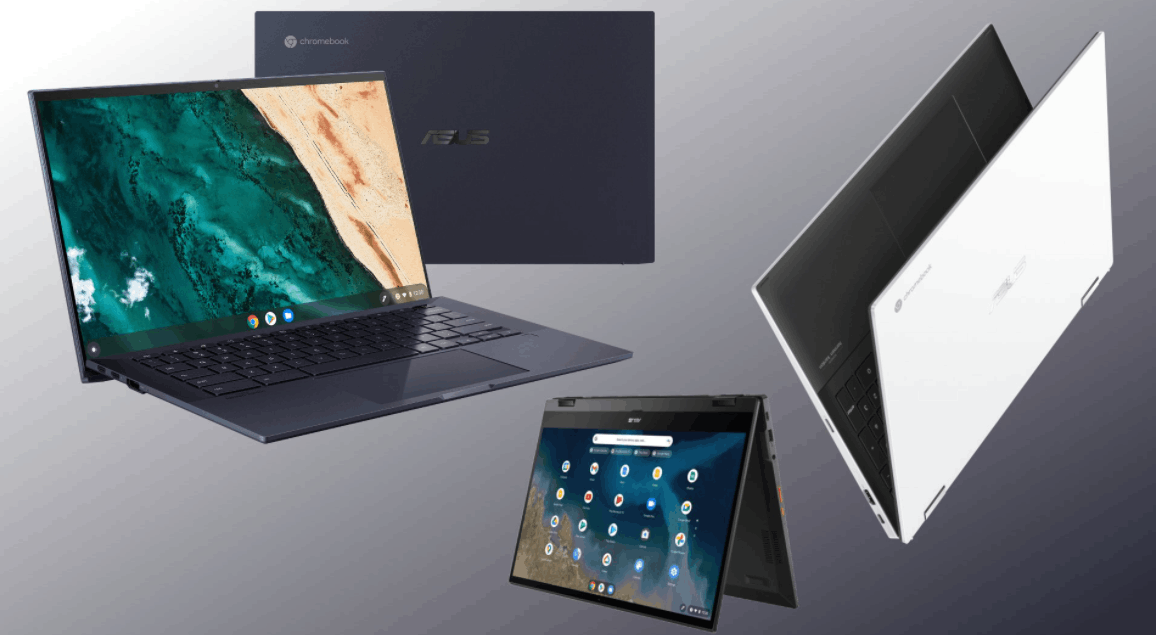
ULSI stands for Ultra Large Scale Integration technology. The ULSI resulted in the production of microprocessor chips with tens of millions of electronic compounds.
The fifth generation of computers was first proposed by Japan in 1982 to merge and build upon the development to accomplish in artificial intelligence.
The Japanese had the vision to incorporate artificial intelligence into this very new generation of dominant computers – however, there always is room for improvement. Artificial intelligence has the ability to illustrate the means and methods of making computers think the same as humans.
Our Efficient Modern Computers
Fifth-generation computers are way more reliable and work way faster than their predecessors. However, these computers have made the human brain look dull and doomed.
Fifth gen computers hold a huge potential for improvement in almost every field of today’s world, whether it is industrial productivity, managerial efficiency, or medical technology.
Laptops, NoteBooks, UltraBooks, and Chromebooks are some of the perfect examples of fifth-generation computers.
Sixth Generation Computers (The Future)
As already mentioned above, there is and always be room for improvement, the sixth generation computers are considered to be the future computer. Fifth-generation computers are yet to be truly defined, but users can for sure expect even faster, more reliable, and with many advanced technologies.
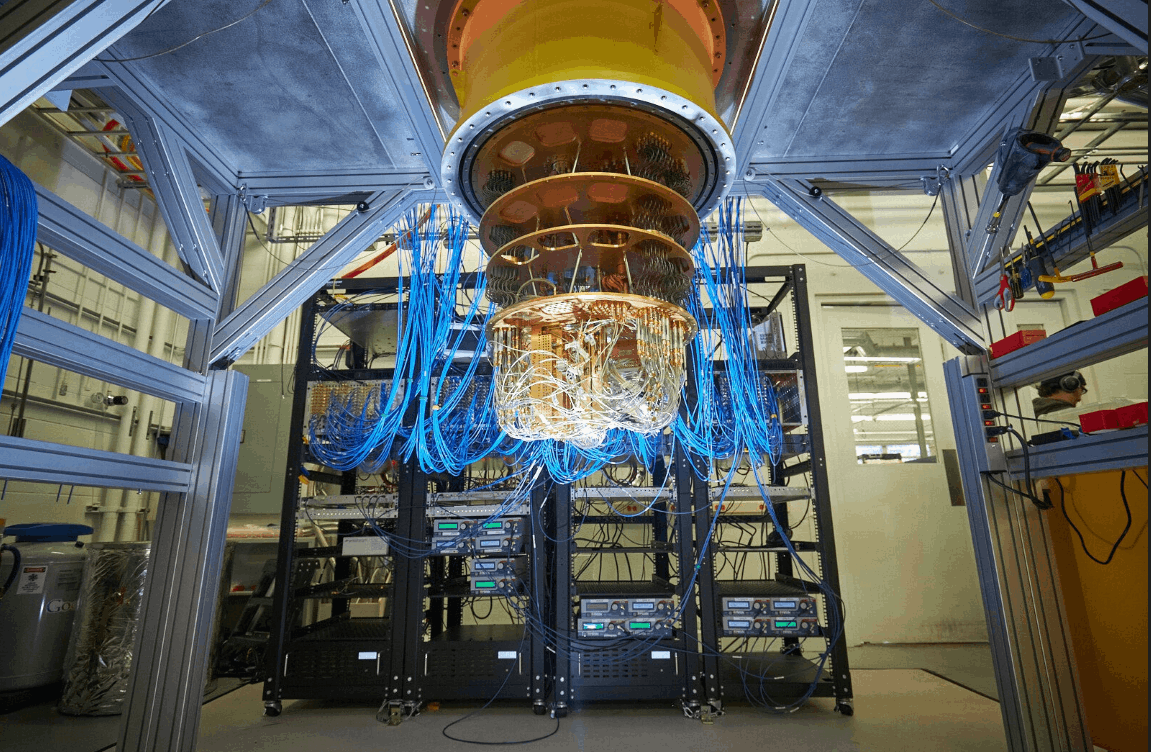
Moreover, there are also numerous paths that the technology is leaping towards for the development of future computers, like the research on nanotechnology and advanced artificial intelligence.
One possible and fine contender for the sixth generation computer is quantum computers. A quantum computer is a device that uses quantum mechanical phenomena to perform various operations on data.
Racing Toward Quantum
Currently, several tech giants like IBM and Google are racing to build a powerful quantum computer as early as possible. Quantum computers sped up business intelligence, increased their productivity and efficiency.
In 2016, IBM was first to put a quantum computer in the cloud in order for anyone to run experiments. IBM has since then been able to construct an active community of more than 260,000 registered users.
On the other side of the competition, in late October 2019, Google presented its own iteration of the latest quantum computer.
The Bottom Line
Today, computers come in all shapes and sizes, including very portable smartphones and tablets. They are simple to use and do not require connecting any other input devices.
Computers today are the result of the major technological changes that have taken place in history.